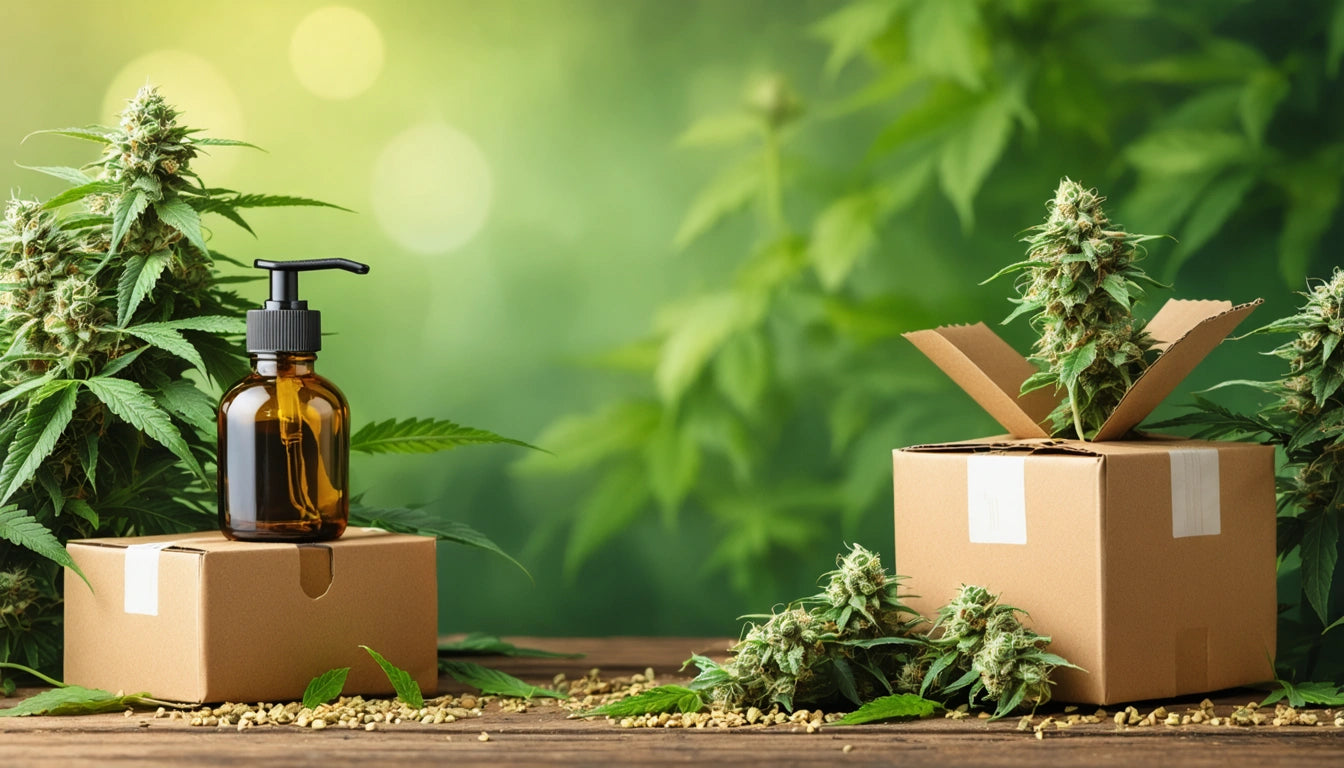Table of Contents
In the cannabis industry, potency testing represents more than a regulatory checkbox. It serves as the foundation of product consistency, consumer trust, and brand differentiation. As markets mature and consumers become more discerning, the accuracy of cannabinoid measurements directly impacts a brand's market position and long-term viability.
Fundamentals of Cannabis Potency Testing
Potency testing quantifies the concentration of active compounds in cannabis products, primarily THC and CBD. Using methods like High-Performance Liquid Chromatography (HPLC), testing labs separate and measure cannabinoids with precision down to parts per million. This information appears on product labels and Certificates of Analysis (COAs), which document the complete chemical profile of cannabis products.
Understanding these measurements requires context. As explained in the guide on interpreting THC, CBD, and terpene percentages, potency numbers reflect concentration by weight, not necessarily the bioavailability or effects consumers will experience.
Importance of Accuracy for Brand Reputation
Consistent potency directly correlates with consumer satisfaction and repeat purchases. When products deliver predictable effects, consumers develop trust in the brand. Conversely, inaccurate potency claims can lead to negative experiences, returns, and damaged reputation.
This trust factor extends beyond individual consumers to business relationships. Retailers and distributors prioritize brands with reliable testing practices, recognizing that consistency reduces customer complaints and improves inventory management.
Regulatory Compliance and Testing Standards
Regulatory frameworks for cannabis testing vary significantly across jurisdictions. The comprehensive overview of lab testing requirements by state/province highlights these differences, from sampling methodologies to acceptable variance ranges.
The regulatory landscape continues to evolve, with increasing focus on consumer safety. Similar to how safety regulations for pharmaceutical packaging developed to protect vulnerable populations, cannabis testing protocols are becoming more stringent to ensure product safety and accurate labeling.
Common Challenges in Potency Testing
Sample Representation
Cannabis plants naturally vary in potency throughout their structure. This heterogeneity creates challenges in obtaining truly representative samples. The distinction between batch testing versus product testing becomes crucial, as each approach offers different insights into overall product consistency.
Method Standardization
The industry still lacks universal testing standards, leading to result variations between laboratories. This inconsistency can create confusion for brands and consumers alike, especially when COAs from different labs show conflicting results for identical products.
Matrix Effects
Different product types present unique testing challenges. For instance, edibles contain complex matrices of ingredients that can interfere with accurate cannabinoid detection. This complexity explains why full panel testing is essential for edibles and extracts, providing a complete picture of both potency and potential contaminants.
Best Practices for Reliable Results
- Establish relationships with reputable, accredited testing laboratories
- Implement consistent sampling protocols across batches
- Consider multiple test points throughout the production process
- Document and analyze testing variance over time
- Maintain proper storage conditions for samples awaiting testing
- Understand the limitations of testing methods for specific product types
The debate between third-party versus in-house testing highlights important considerations for brands seeking reliable results. While in-house testing offers convenience and cost savings, third-party validation provides credibility and regulatory acceptance.
Strategic Advantages of Precision Testing
Beyond compliance, accurate potency testing creates tangible business advantages. Precise cannabinoid profiles enable brands to make specific product claims and develop consistent formulations. This precision allows for targeted product development based on how lab results can inform product recommendations.
Brands that invest in rigorous testing protocols gain competitive differentiation in increasingly crowded markets. By highlighting their commitment to accuracy, they position themselves as premium, trustworthy options for discerning consumers.
The consequences of inaccurate testing extend beyond reputation to financial liability. Understanding what happens when a product fails a cannabis lab test reveals the substantial costs of recalls, destroyed inventory, and potential regulatory penalties.
As the industry matures, brands that embrace comprehensive testing protocols, including both potency and contaminant testing, will build stronger foundations for long-term success. The investment in accuracy today prevents costly corrections tomorrow, while establishing the credibility essential for sustained growth in this rapidly evolving market.











Leave a comment
All comments are moderated before being published.
This site is protected by hCaptcha and the hCaptcha Privacy Policy and Terms of Service apply.